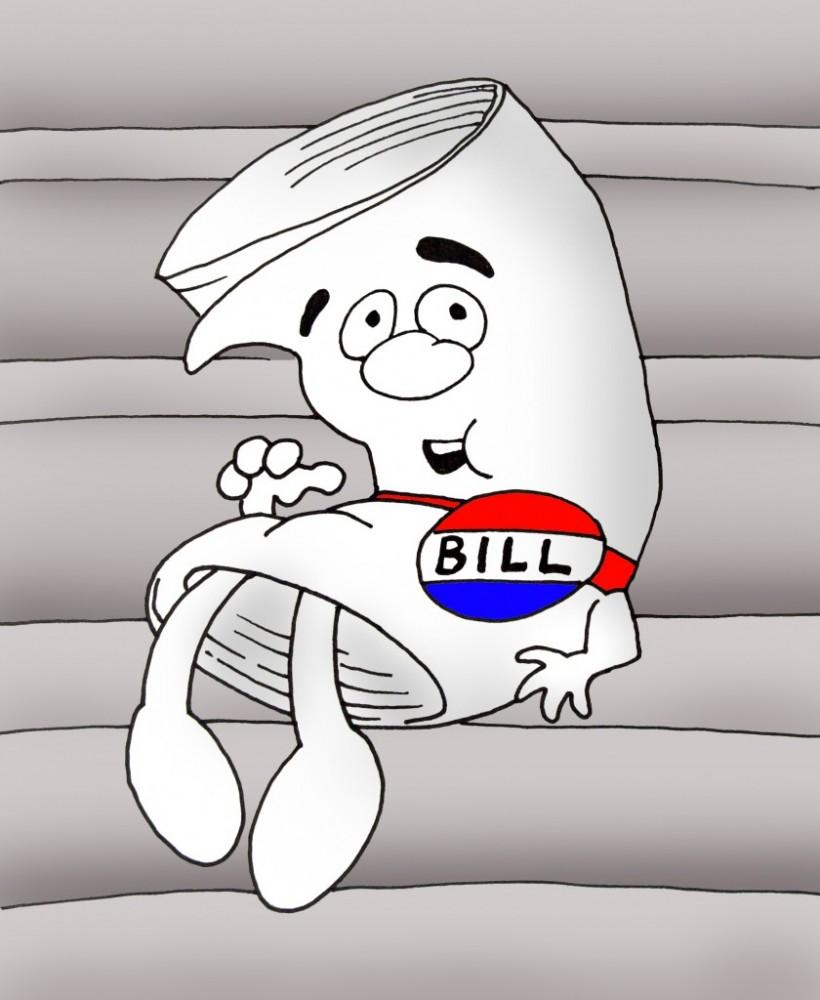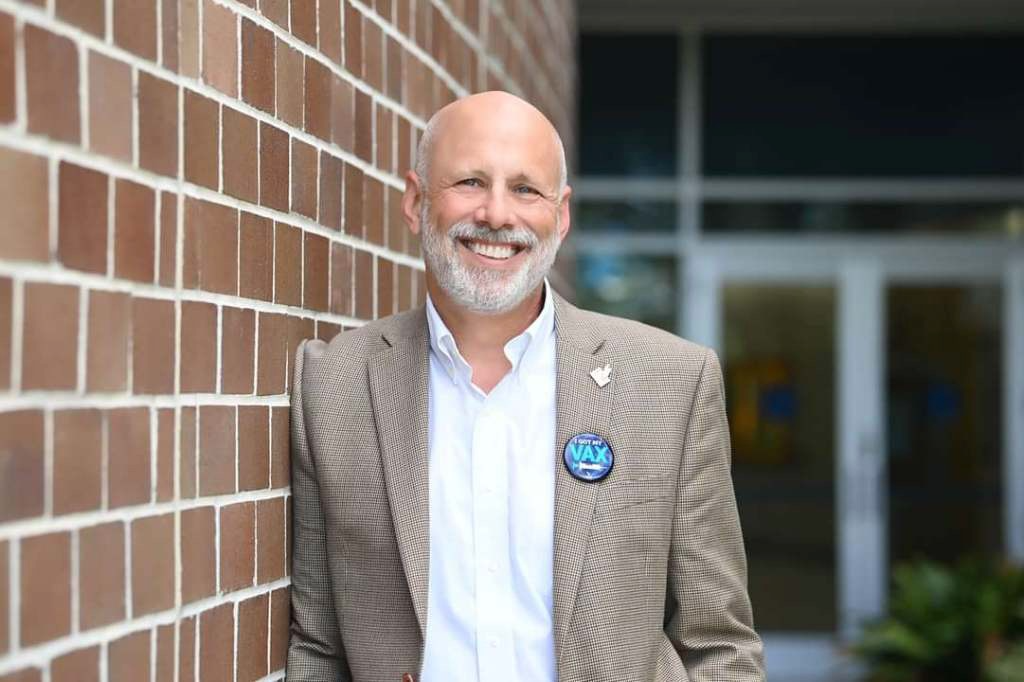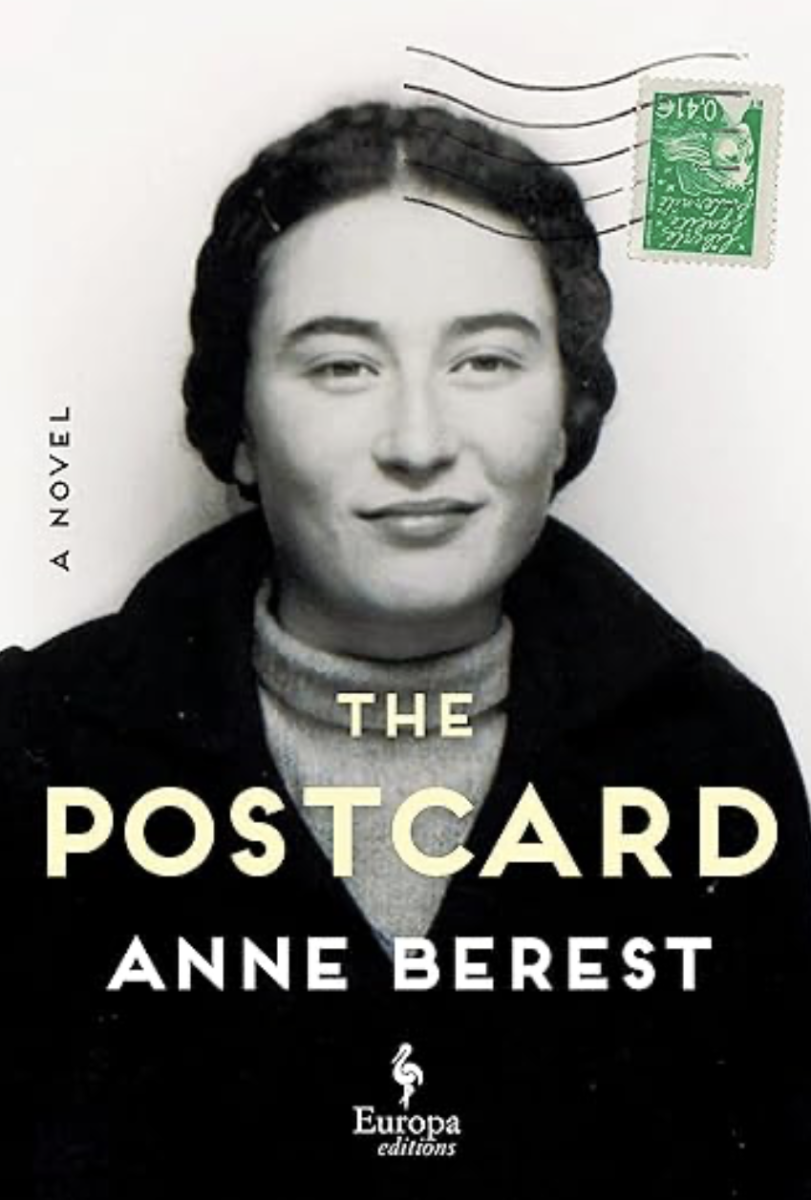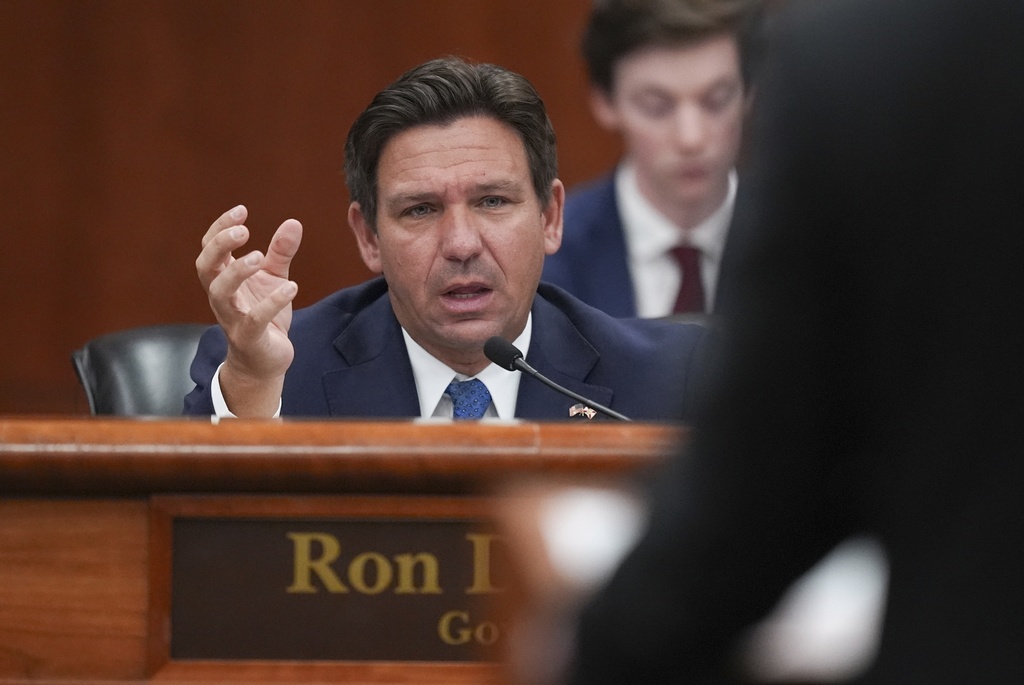
A bill is waiting on President Carlo Fassi’s desk for his signature of approval.The senate passed it with 36 “yes” and seven “no” votes Monday night. Within the bill, there’s a section regarding a straight-party voting option. In short, it would allow students to check just one box to vote for either all of the red party or all of the yellow party senators, for example.And here’s the problem with that: there are a maximum of 20 senate seats available. The bill reads, “if a party has more candidates than offices available, that party will forfeit the select-all option.”But what party would want to sacrifice the one-click-and-done option by having more than 20 candidates, especially if the other parties had 20 candidates or less and could use it?
After all, there are already separate groupings of candidates for each party — which SG, with this one-click option, implies isn’t simple or quick enough for us student voters. If they can’t trust us to click more than one box, would they want to risk losing the option by having over 20 senators?
Maybe they would. But if not, how are parties going to narrow down the number of senators that run on their tickets? If they can’t, they lose the one-click advantage. If they can, shouldn’t there be a clear-cut way of determining the most worthy candidates?
You’d think so, but it wasn’t discussed at Monday night’s senate meeting.
Attached to that same bill is an amendment regarding the use of public opinion polls, or plebiscites, for when students vote in general elections. It would allow SG to poll students on issues such as football.
It’s not a bad idea — if students are already taking time to vote, it’s a good opportunity to slip in a small survey. But the amendment regarding the plebiscite was linked to the bill with the straight-party voting option, so they had to be voted on together.The senators could have explored the bill and the amendment individually, but they were combined almost immediately after being introduced. For that reason, anyone whose feelings differed in regard to the idea of polling students and to having a straight-party voting option couldn’t express their feelings separately.
But why make that the case? The amendment was handed out just before the meeting — some senators even had to get up in the middle of it to grab a copy because they hadn’t picked one up.
The SG adviser, Katie Delaney, recommended the amendment go through the first read process, which would have given the senators time to read and understand the amendment. But Sen. Chris Brady motioned to add the amendment to the bill anyway.
Just before the bill and amendment were passed, Sen. Racquel Doty mentioned that “a lot of students asked for a one-party vote during the last election.”
Oh? Where are those numbers? Perhaps SG should have passed the plebiscite amendment separately — then it could’ve gathered some hard data this Spring before creating the straight-party voting option.







